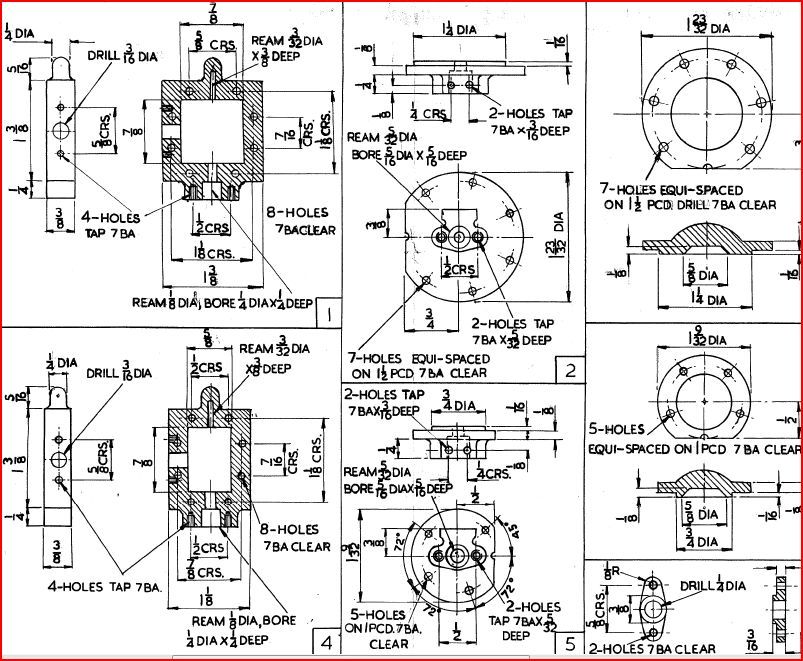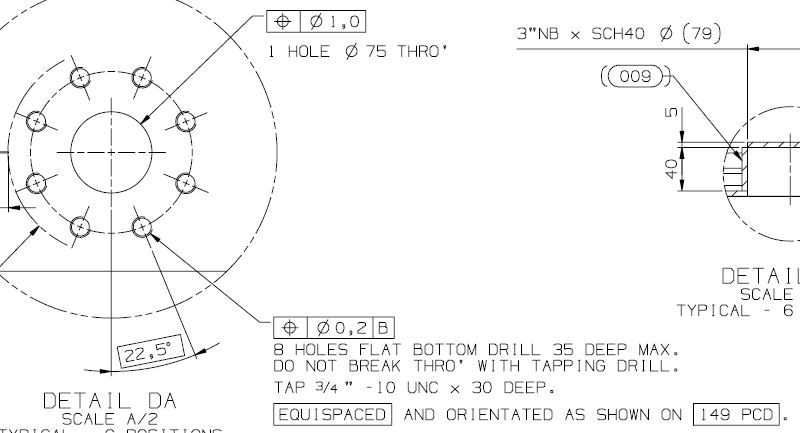Mixing fractions and decimal units in an imperial drawing
Mixing fractions and decimal units in an imperial drawing
- This topic has 64 replies, 30 voices, and was last updated 9 November 2016 at 13:42 by
Muzzer.
- Please log in to reply to this topic. Registering is free and easy using the links on the menu at the top of this page.
Latest Replies
Viewing 25 topics - 1 through 25 (of 25 total)
-
- Topic
- Voices
- Last Post
Viewing 25 topics - 1 through 25 (of 25 total)
Latest Issue
Newsletter Sign-up
Latest Replies





 .
.

